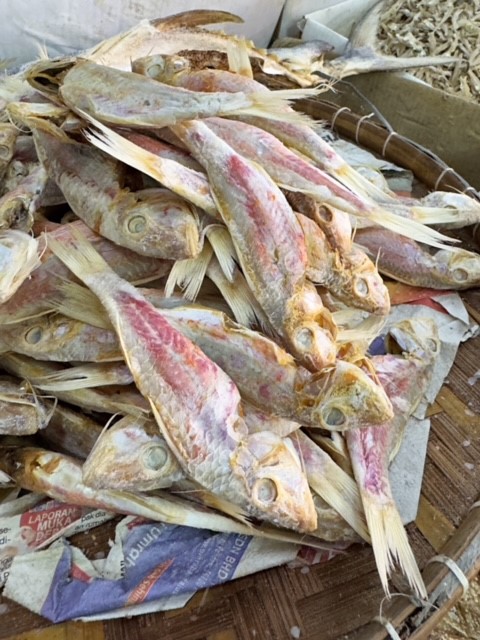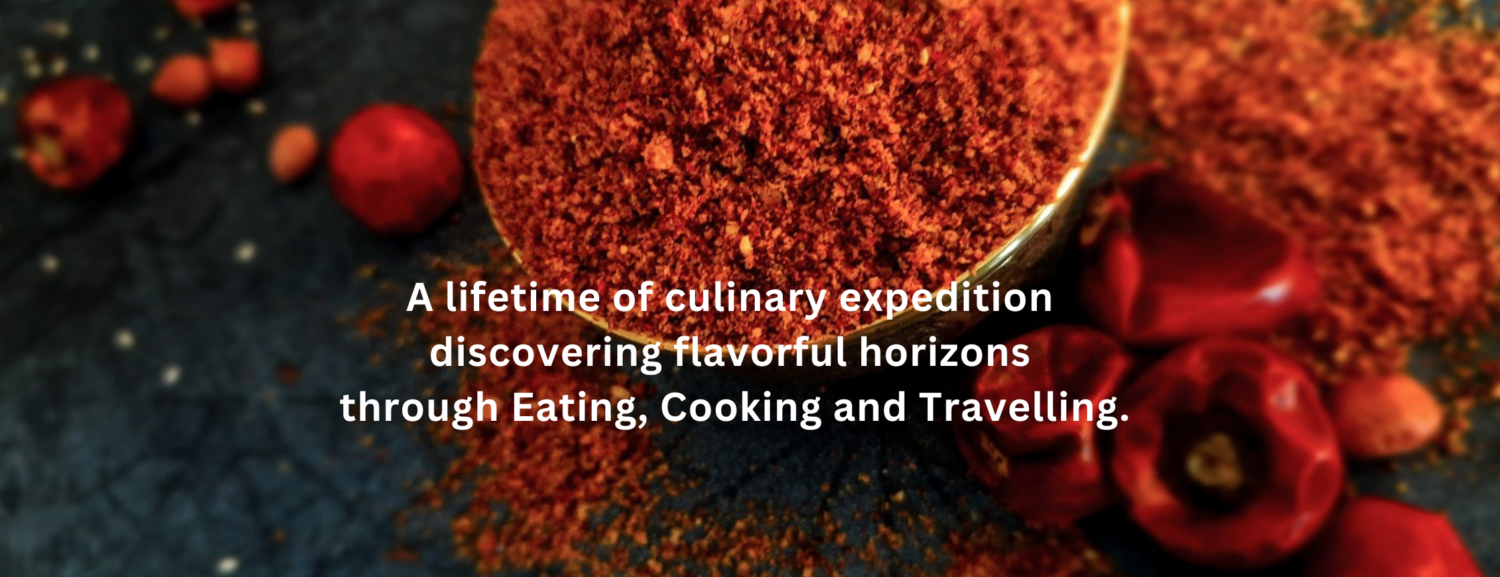
Salted Fish – Time honored delicacy
Drying fish is a traditional preservation method widely practiced in Southeast Asia, where abundant freshwater and marine fisheries provide a rich source of seafood. The process involves salting and air-drying freshly caught fish, creating a savoury, flavorful product with a long shelf life. Regions such as Sabah, Sarawak, and the coastal towns of Penang, Kelantan, and Trengganu are particularly known for producing salted fish.
Dried and salted fish are cherished in many homes for several reasons. They are affordable, nutritious, and packed with flavor, making them a staple in various regional cuisines. Furthermore, they add depth to dishes, enhancing soups, stews, and fried preparations.
Dried fish also carries cultural significance, embodying family traditions and regional identity. For many communities, it represents resilience and resourcefulness, preserving the harvest while ensuring food security in times of scarcity.
Heavy rains can disrupt drying, causing spoilage. Fishermen often overcome this challenge by using tarps or shelters to protect the fish from rain, ensuring the drying process continues smoothly. This resilience helps maintain the cultural heritage and economic importance of salted fish in any cuisine. Insufficient drying can lead to moisture retention, creating an environment conducive to the growth of bacteria and mold, which can spoil the fish quickly.
The presence of moisture provides a breeding ground for pathogenic bacteria, increasing the risk of foodborne illnesses. Under-drying can produce a foul smell due to the breakdown of proteins and the growth of spoilage microorganisms. The texture and flavor of the fish may be negatively affected, resulting in a less desirable product.
Before using salted fish for cooking, rinse them under running water to remove excess salt and any impurities. Soak the fish in fresh water for 30 minutes to several hours, depending on its saltiness. This helps to further reduce salt levels. Change the water occasionally if necessary. After soaking, taste a small piece to check the saltiness. If it’s still too salty, you can soak it longer or even boil it briefly in water. Pat the fish dry with paper towels to remove excess moisture, especially if you plan to fry it.
Cut the fish into desired portions or pieces based on your recipe or preferred method—frying, boiling, or adding it to dishes.
#saltedfish #karuvadu #driedfish #fishpreservation #Asiancuisine
#Malaysianfood #seafoodlovers #culinarytraditions #homecooking
#culinaryheritage #sustainableEating #culinaryeducation #ikanmasin






